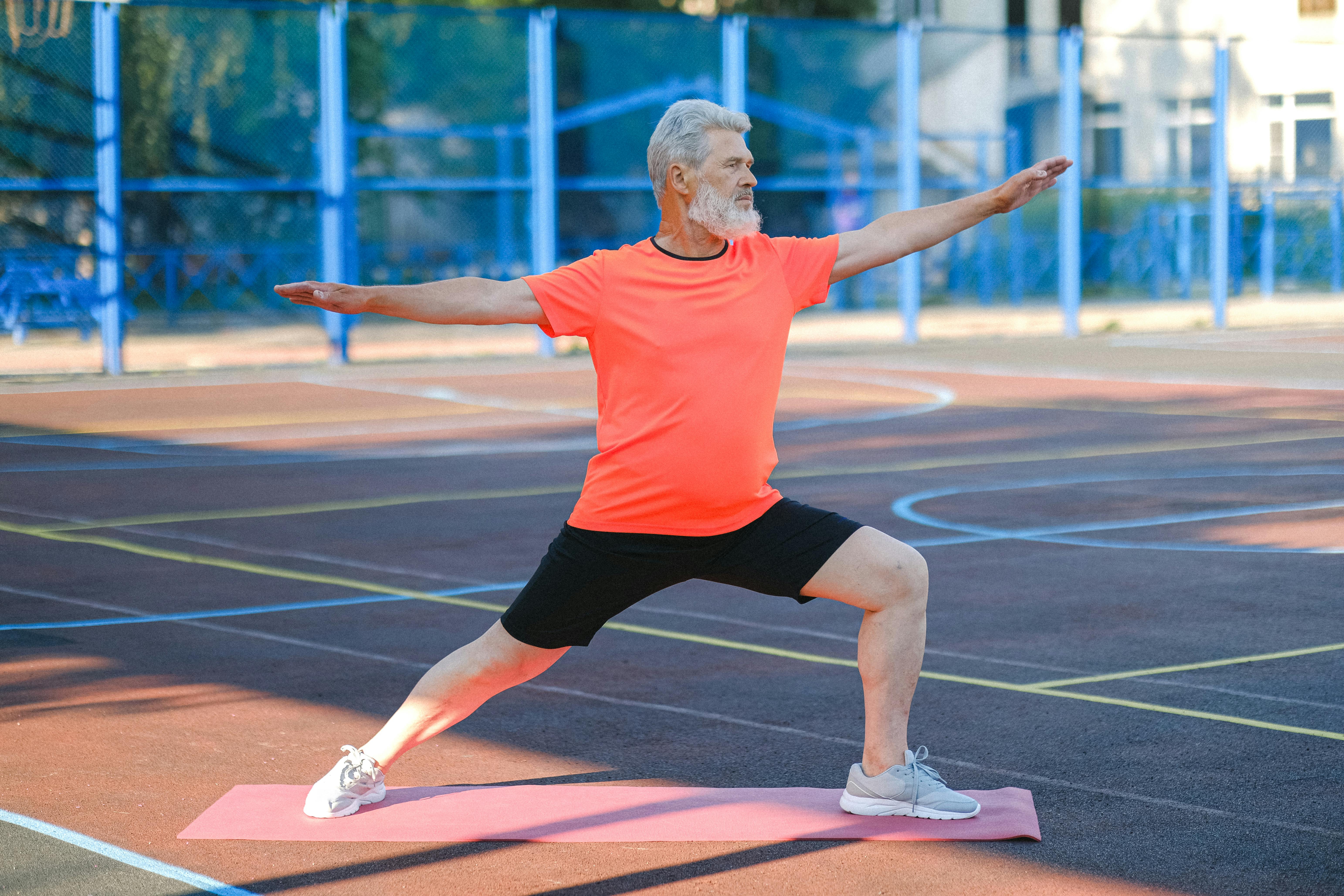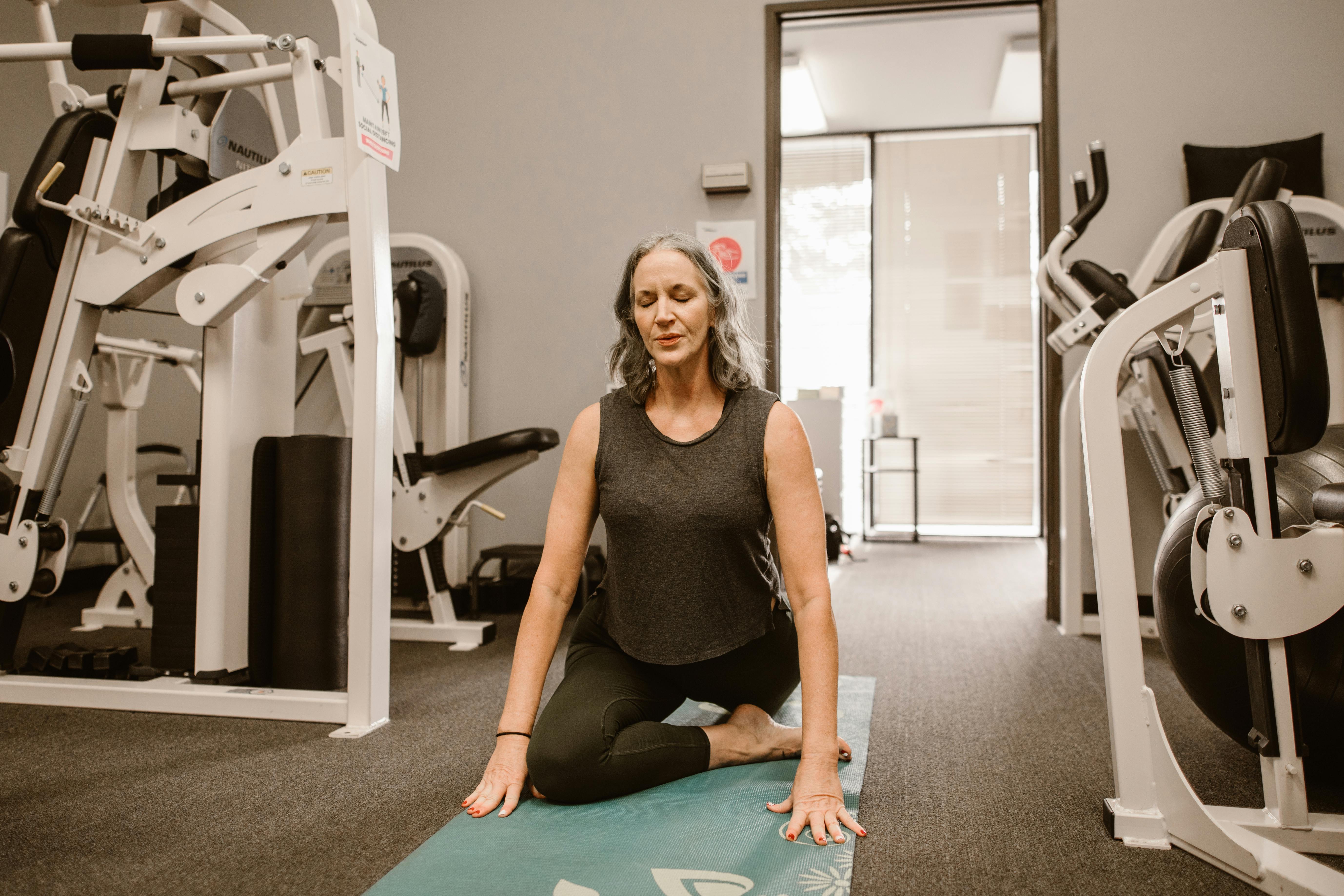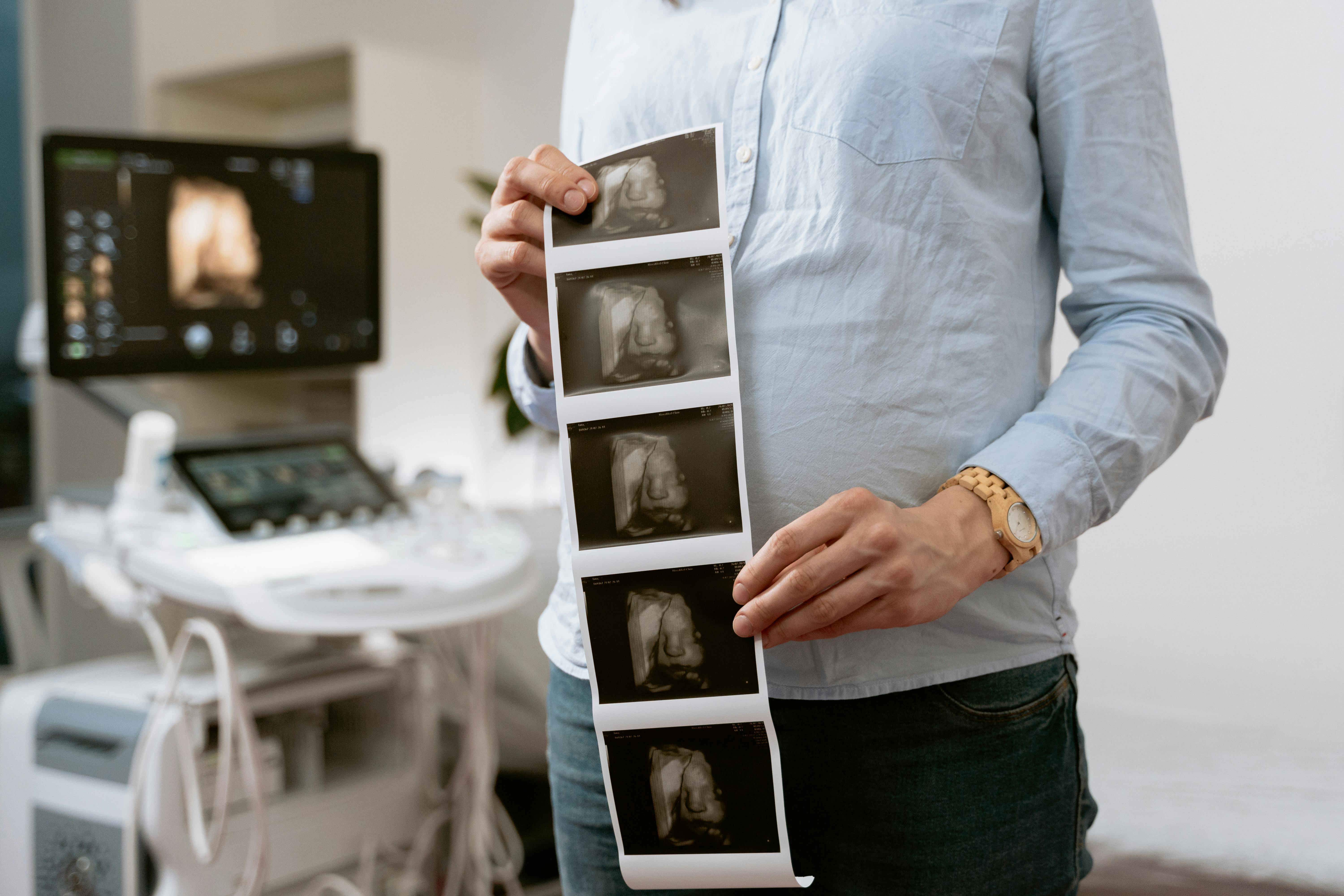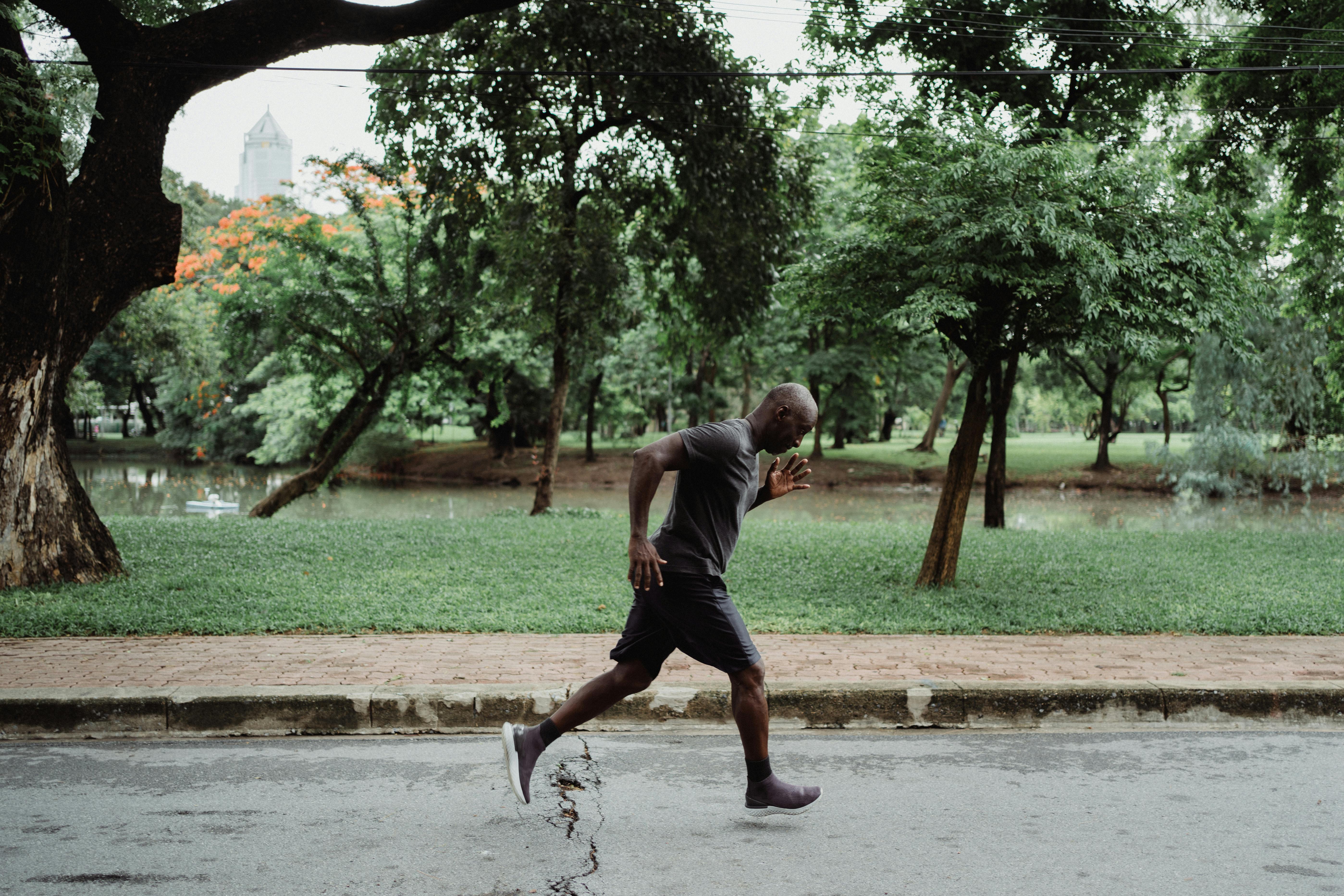The late Vince Gironda, a legend in bodybuilding circles, had some eccentric views. It is said that his gym in Studio City, California, did not have racks for free weight squats because he believed that squat exercises only created “turnip thighs” and a big butt. Well, what’s wrong with thighs that are big near the top (as long as it’s muscular in size) and a butt that has a protruding contour? These are muscles that serve respect and attention like any other. And in the case of the gluteus maximus; it has the potential to carry more power and size than any other muscle in the body.
Sometimes it seemed that Mr. Gironda’s claim was that only men shouldn’t build their butts. This seems like a sexist opinion. Given that surveys of women have repeatedly revealed that they stare at the male butt just as much as vice versa, it would be natural to assume that inspiring a woman to improve her rear contour might be better accomplished if her male counterpart enhances his. However, I think most women are self-conscious about their butts and want to make them more attractive. For this reason, motivation through inspiration may need to go in the other direction. Regardless, building a better butt is best done by the same process (whether you’re a man or a woman), despite what some would have you believe with their recommendations.
The number one body-shaping principle to keep in mind to enhance your butt is to realize that “shaping” or “firming” the area actually requires quite a bit of muscle development. Adopting the widespread notion that you can dramatically change your buttocks without adding some muscle to them is likely to lead to unsatisfactory results and disappointment. Muscles don’t really get fitter or harder without adding new muscle tissue. If you lose three pounds of fat from this region and don’t simultaneously gain three pounds of muscle, you’ll have a net loss in buttock size and it’s unlikely you’ll have a nicer buttocks. This seems especially likely given the fact that muscle weighs more than fat, resulting in less visual mass created by three pounds of muscle than three pounds of fat. Of course, muscle is probably more visually appealing than even a third of that fat, but that’s venturing into subjective opinion.
What we want are some factually reliable methods to consistently develop the glutes. The two most effective exercises I know of for accomplishing this are deep squats and stiff-legged deadlifts. These two moves will build the size and shape of your glutes faster and more impressively than doing endless lunges on a gym floor. Yet lunge performance is ubiquitous among women, while rack squats and stiff-legged platform deadlifts often seem abandoned for the same. Actually, they also seem abandoned by men. This could be due to the fact that working the glutes within a lower body workout can be a chore.
An incredibly effective machine for performing deep squats that bulge your buttocks while maintaining confidence is the BodyMaster Squat Machine. It has a forty-five degree angled platform to stand on while supporting weight with arched shoulder pads. When you face in (toward the weight) on this machine, you can perform what people call a “power squat.” With your feet placed as far back on the platform as possible and shoulder-width apart, squat down until your butt touches the back of your heels. This will require you to pull your glutes out as you descend into the deepest part of the squat so you don’t strain your lower back. It is this posture that sticks out the hip from the deepest squat to the midpoint on its way back where the gluteal muscles are best exercised.
Stiff-legged deadlifts can seem counterintuitive. Society tells us to bend our knees when lifting something heavy. But that instruction assumes that our only alternative is to lift from the lower back, which is NOT where you should be lifting from while doing this exercise. Bodybuilders know that there is also the option to lift primarily from the hamstrings and glutes when lifting something without the use of the quads. Plus, if you keep your mind focused on your gluteal muscles as you lift the weight, you’ll be doing an unbeatable exercise for building a strong and incredibly shapely butt.
When performing stiff-legged deadlifts, it’s best to be on a platform designed specifically for the exercise. This platform provides a shelf for the barbell at approximately hip level. It is also narrower than the width of the bar to allow the bar plates to drop lower than the platform you are standing on when you are at the bottom of the movement. Be sure to keep your feet slightly wider than shoulder-width apart (for better glute engagement) and bend your knees ever so slightly. Holding the bar with your hands shoulder-width apart, lower the weight by bending at the hips until the bar touches the tops of your feet near the bottom of your shins. Then, keeping your back stiff and slightly arched, bring your body nearly upright again while pulling on your gluteal muscles. Be sure to keep the bar against your body throughout the movement to help avoid using your back.
NEVER attempt these exercises if you have a back injury and always consult your doctor before beginning a routine involving these exercises or any other training regimen.
With that being said, here is the best four-exercise routine I would recommend for building your butt:
1. Deep Squats (BodyMaster machine): (4-7 sets of 6 reps)
2. Stiff-legged deadlift: (4-7 sets of 6 reps)
3. Leg curl (4-7 sets of 6 reps)
4. Lunges (4 series of 6 repetitions)
Yes, I recommend lunges too. However, I suggest doing them at the end of the routine when the glutes have previously been exhausted from the previous exercises. Also, I recommend doing them one leg at a time instead of alternating legs by walking them across the gym floor.
Perform this routine no more than once a week and less frequently as development progresses. These exercises, in this sequence, are the surest way I know of to create a striking…uh…butt.



